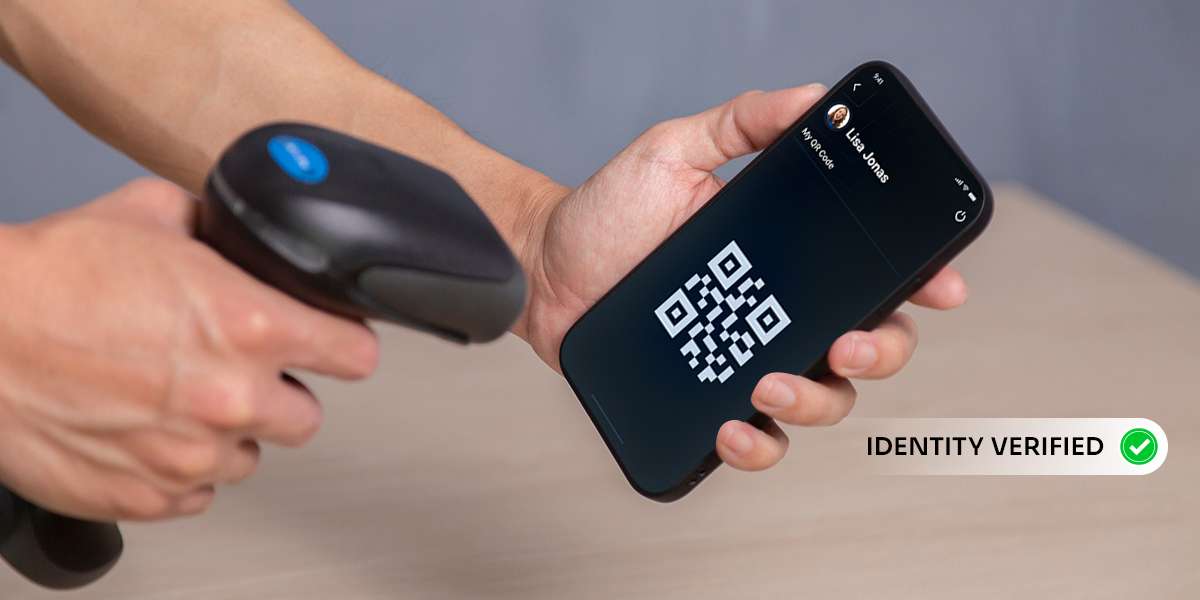Well, that future has arrived. Biometric authentication and access control systems, a realm encompassing fingerprint recognition, facial recognition, and even voice recognition. It is now a part of our daily lives, ensuring that only authorized individuals gain entry to our most valued spaces. In tandem with this change, mobile access control has developed–with the substitution of keys that we carry in our pockets for a smartphone. Taken together, these trends are shaping a new concept of security in the digital world. Modern access control systems UK offer advanced features such as biometric authentication and remote monitoring. Take a deep dive with us into the core of these innovations as we explore how to unlock access control technology in an age when everything is connected.
1. Biometric Authentication:
Do you remember those exciting passages from science fiction movies when characters broke into top-secret installations by using nothing more advanced than their fingerprints or eye scans? So well, the movie’s future has already arrived. Biometric authentication is a high-tech method of identifying and verifying people by their unique physical or behavioral characteristics. Here’s a more detailed look:
Fingerprint Recognition: This method of biometrics involves examining the unique patterns on your fingertips. It’s a technology that has been around for a while now, but it is increasingly refined and accessible. For example, your smartphone unlocks when you touch the fingerprint recognition pad–it only opens for you.
Facial Recognition: Imagine facial recognition as a high-tech looking glass that sees the unique texture of your face–and remembers precisely where you put your eyes, nose, and mouth. It’s a technology penetrating all areas of our lives. Between using your phone’s camera to get you through the day and bolstered security for public buildings, facial recognition technology is gradually penetrating every walk of life.
Voice Recognition: Your voice is as individual a fingerprint. Voice recognition technology captures the unique characteristics of your intonation, such as pitch and tone. Voice assistants, such as Siri and Alexa are not the only applications. It’s also used in access control systems. Now imagine being able to enter your office or home just by uttering a passphrase; that’s the magic of voice recognition.
2. Mobile Access Control:
Do you remember the last time you frantically searched for your misplaced keys or worried about the possibility of them falling into the wrong hands? Mobile access control has emerged as a solution to these common dilemmas, and it’s making waves in how we interact with our surroundings. Let’s explore why it’s gaining such popularity:
Convenience: Your smartphone is more than just a communication device; it’s now your digital key. By using a dedicated mobile app, you can unlock doors, gates, vehicles, and more with a simple tap or swipe on your phone’s screen. Say goodbye to rummaging through your bag or pockets for physical keys.
Enhanced Security: Mobile access control prioritizes security. It typically involves multiple layers of encryption and authentication, making it significantly more challenging for someone to steal or duplicate your digital mobile key compared to a traditional physical key.
Remote Management: Property owners and businesses stand to gain immensely from mobile access control systems. They can conveniently manage access permissions remotely, granting or revoking access as needed. If a mobile key is lost or compromised, it can be swiftly deactivated and replaced with a new one.
Audit Trail: Many mobile access control systems provide an audit trail feature. This allows you to track and review who accessed a particular area and when. It’s a valuable tool for security monitoring and investigations.
3. Cloud-Based Solutions:
The cloud has transformed many aspects of our lives, and access control is no exception. Cloud-based access control systems offer flexibility, scalability, and remote management capabilities. They allow you to grant or revoke access permissions from anywhere, making it ideal for businesses with multiple locations or property managers overseeing diverse properties.
4. Artificial Intelligence (AI) Integration:
AI is making waves in the access control industry. With AI-driven systems, access control becomes smarter and more responsive. These systems can analyze user behavior, detect anomalies, and adapt security measures accordingly. AI integration also enables predictive analytics, helping organizations proactively identify security threats.
5. Touchless Access:
In a post-pandemic world, touchless solutions have gained immense popularity. Contactless access control, using technologies like RFID cards, Bluetooth, or mobile apps, reduces the need for physical touchpoints, promoting hygiene and safety.
6. Two-Factor Authentication (2FA):
Adding an extra layer of security, two-factor authentication is increasingly being incorporated into access control systems. Users may need to provide a combination of something they know (like a PIN) and something they have (like a smartphone or access card) to gain entry, enhancing security significantly.
7. Integration with Other Systems:
Modern access control systems are no longer standalone. They seamlessly integrate with other security systems, such as video surveillance, alarms, and building management systems. This holistic approach to security allows for more efficient monitoring and response.
8. Sustainability and Green Access Control:
Sustainability is a growing concern, even in access control technology. Manufacturers are developing energy-efficient and eco-friendly access control solutions. These systems reduce power consumption and carbon footprint while maintaining robust security.










